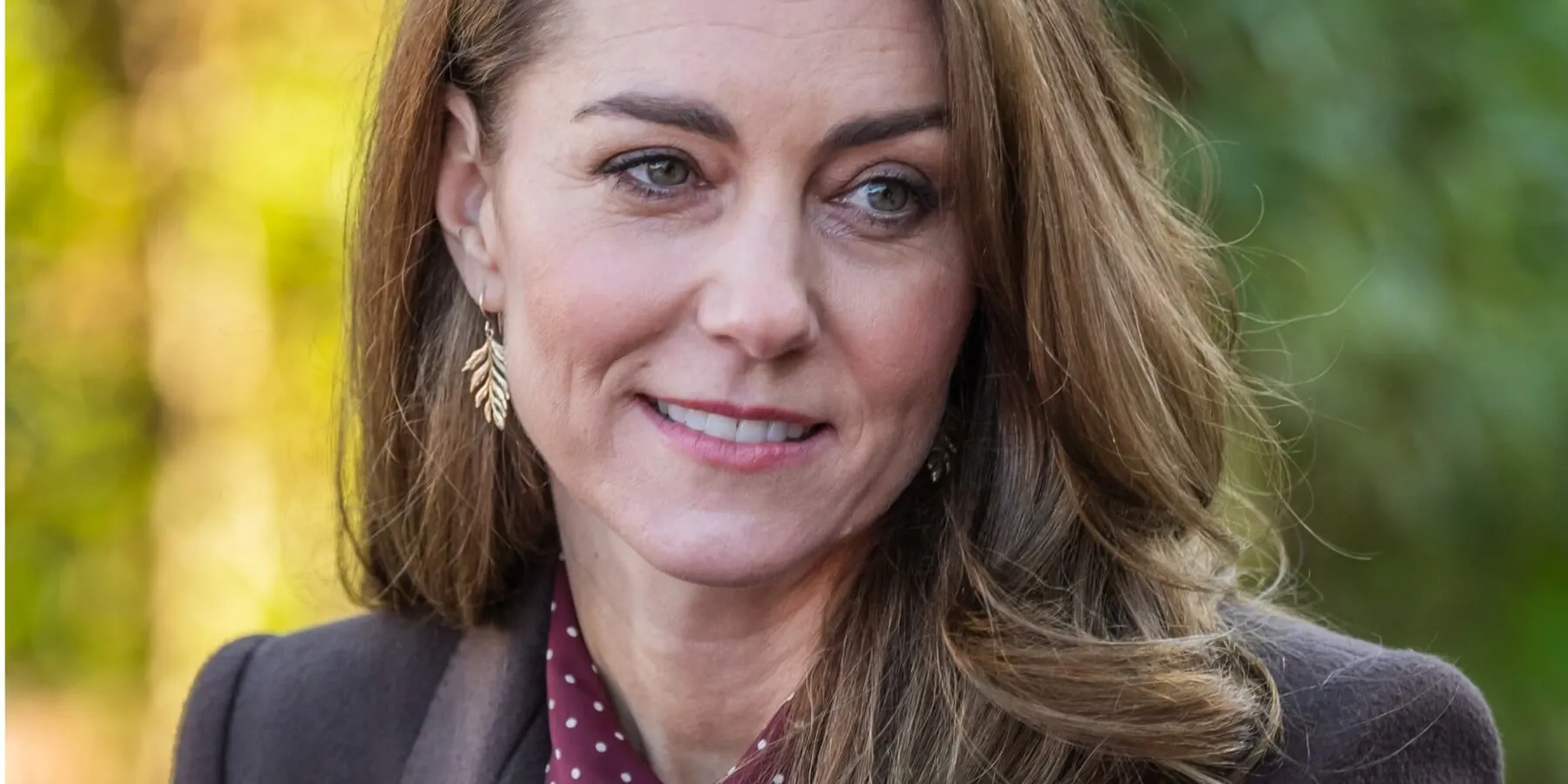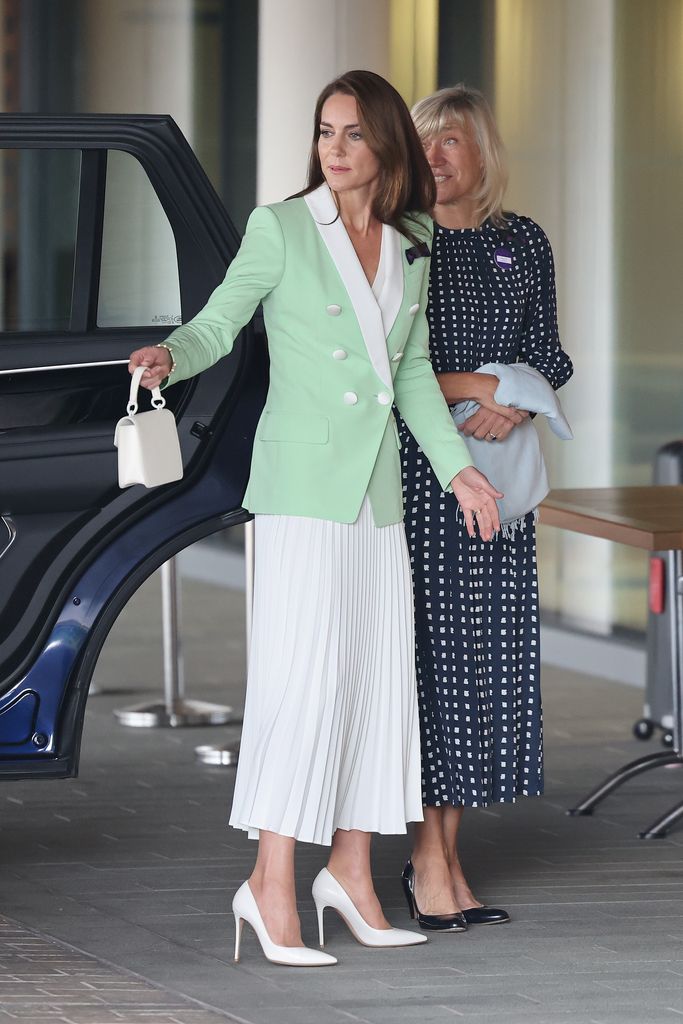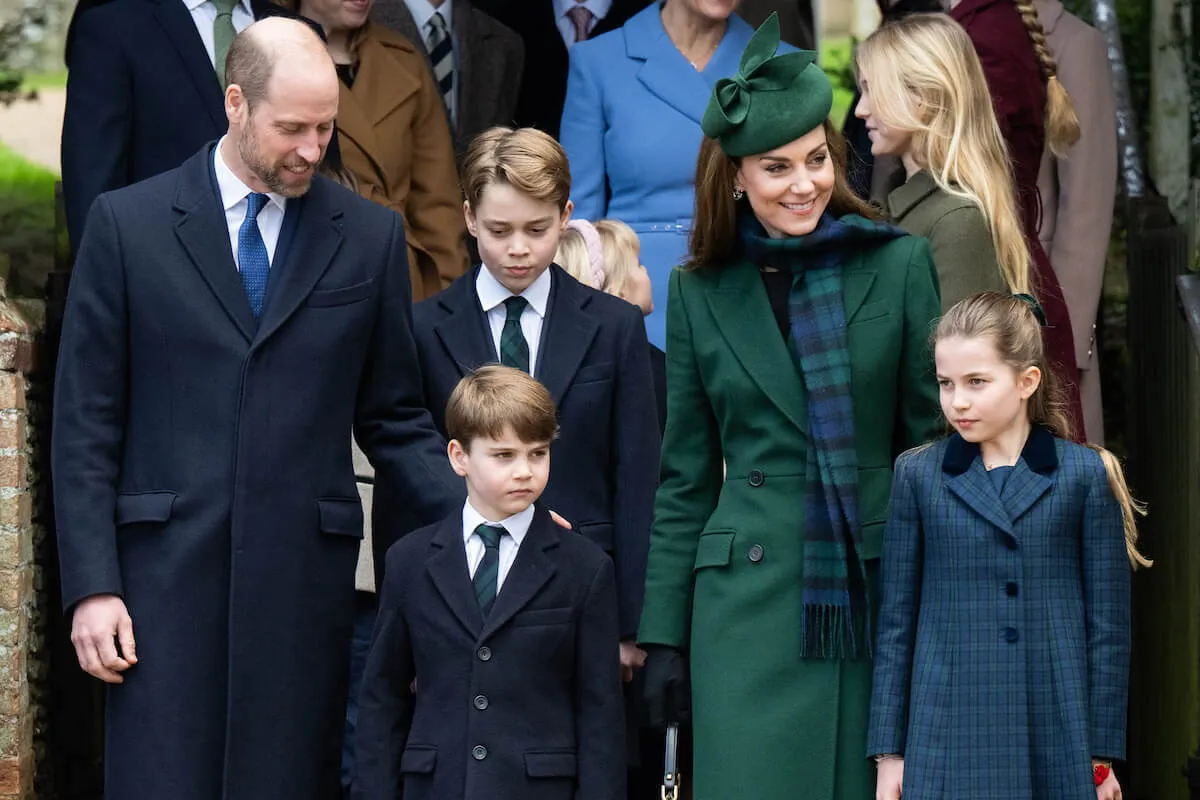Kate Middleton’s Rising Role: How the Princess of Wales Is Quietly Shaping the Future of the British Monarchy
In recent months, the British royal family has seen subtle yet significant shifts in its public image and internal dynamics. At the center of this transformation stands Catherine, Princess of Wales—known more widely as Kate Middleton—whose evolving role is drawing both public admiration and global media attention.
While Queen Camilla continues her duties as Queen Consort, and King Charles III remains firmly on the throne, many observers note that Kate is becoming an increasingly prominent figure in royal engagements, signaling a long-term strategy that could redefine the monarchy for a new generation.

From Royal Wife to Leading Symbol of Modern Monarchy
When Kate Middleton married Prince William in 2011, she was seen as the elegant yet relatable future Queen. Over the years, she has grown into her role with grace, balancing tradition with a sense of modernity. As the Princess of Wales, Kate now represents not just a royal spouse but a powerful public figure in her own right.
Recent appearances at high-profile events—whether presenting the Wimbledon trophy or attending state visits on behalf of the Crown—have reinforced her image as a steady, reliable, and forward-thinking royal. Her polished public persona, charitable leadership, and calm demeanor have only strengthened her position in the public eye.

Queen Camilla’s Continued Role – and Why It Matters
Contrary to some speculative headlines, Queen Camilla has not stepped down from her royal role. In fact, she continues to support King Charles III in official duties and plays an active part in various royal patronages. Her journey from public criticism to royal respect has been gradual but significant.
However, Queen Camilla has also expressed support for the next generation of royals stepping into more visible positions—a perspective that many interpret as a quiet endorsement of Kate’s increasing leadership within the institution.
The Rise of #QueenKate
With each new public appearance, the hashtag #QueenKate gains traction across platforms like Twitter, Instagram, and TikTok. While Kate has not been officially named Queen or Queen Consort, the public response suggests a deep desire to see her in a leading role.
Part of the appeal lies in her consistent, scandal-free presence. In a time when the royal family has faced tensions—including the ongoing estrangement with Prince Harry and Meghan Markle—Kate has emerged as a unifying figure. She represents continuity, stability, and a more modern approach to royal life.
A Strategic Transition, Not a Power Shift
Sources close to the Palace note that there is no formal transition of power underway. However, it is clear that the royal household is gradually preparing for the future. With King Charles in his 70s and Queen Camilla in her mid-70s, the public faces of the monarchy are evolving.
By giving Kate more visibility—especially in engagements typically reserved for the reigning monarch or consort—the Palace is reinforcing her future role. These include appearances at major cultural events, leadership in mental health campaigns, and representing the UK on the international stage.
Charitable Impact: Where Kate Shines Most
One of Kate’s most impactful contributions lies in her work with The Royal Foundation, where she leads initiatives on mental health, early childhood development, and family wellbeing. Her “Shaping Us” campaign, for example, has received praise for bringing science-backed attention to the importance of early childhood education and emotional support.
She also champions causes that align with current global challenges, such as addiction recovery, maternal health, and environmental awareness. Her ability to engage with these topics—while maintaining the dignity expected of a senior royal—has earned her respect beyond the UK.
The Power of Public Perception
Public support plays a powerful role in the monarchy’s longevity. Recent surveys in the UK show that Kate Middleton ranks among the most popular members of the royal family, often surpassing even King Charles III in favorability ratings. Her relatability, strong work ethic, and grace under pressure have made her a beloved figure not only in Britain but worldwide.
The media’s portrayal of Kate as “the face of a modern monarchy” may not be official Palace language, but it reflects a broader cultural narrative that the royal family seems willing to support.

What This Means for the Future of the Crown
As the royal family navigates generational change, political scrutiny, and public expectations, the question becomes: What kind of monarchy will the UK have in the next decade?
While no official announcements have been made, many royal experts believe that Kate and Prince William are being positioned as the next anchors of the institution. This doesn’t mean an abdication or dramatic shift—but rather a slow, steady passing of influence, rooted in preparation rather than surprise.
In this new chapter, Kate is not just accompanying William—she is helping define what the monarchy will look like for the next 50 years.
A Royal Future in the Making
Kate Middleton’s rise within the royal structure is not a sudden leap but the result of years of consistent work, image-building, and trust from both the public and the institution. She embodies a careful balance of tradition and progress—traits that will be essential as the monarchy adapts to a rapidly changing world.
Whether she’s attending diplomatic events, spearheading mental health campaigns, or simply being a mother in the public eye, Kate continues to represent a vision of royalty that feels both grounded and aspirational.
As the Palace maintains its ceremonial roles and historic symbolism, it is figures like the Princess of Wales who breathe relevance into the institution. And while she may not wear the crown just yet, Kate Middleton is undoubtedly shaping the legacy of the crown, one graceful step at a time.